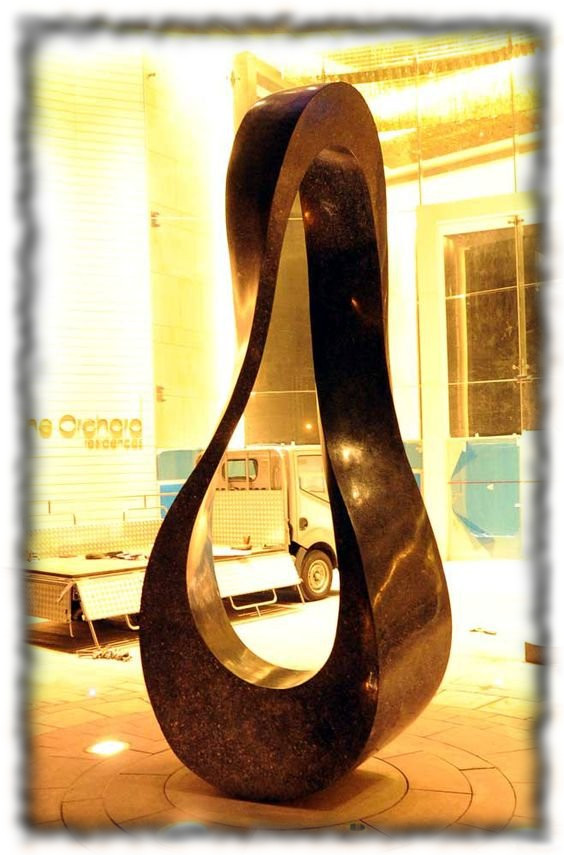Dark Idol of Detroit: Difference between revisions
No edit summary |
No edit summary |
||
| Line 3: | Line 3: | ||
<br> | <br> | ||
<br> | <br> | ||
'''Appearance:''' References to the Dark Idol are few and only one description comes down to us from French Catholic missionaries who arrived in the area of modern Detroit in the early years of the 1670s. In the journals of one André Aurèle Fabron, a missionary and blacksmith, there is a description of the idol as formed of a strangely slick dark stone bearing the sinuous shape of a monstrous flatworm without head or tail. Monsieur Fabron describes the idol as being the height of one and a half men and being impossibly heavy. The French blacksmith also recounts that when the moon was dark that he had strange visions after looking within the hollow heart of the Dark Idol. When it was decided by the missionaries that it was only right that they destroy the idol venerated by the savages of the area, several weapons were destroyed upon its seemingly fragile surface, and that the only weapon that could damage the idol was an old battle-axe handed down from father to son in the line of Fabron. However, the blade did its work and the Dark Idol was broken into twelve pieces which were thereafter buried beneath an equal number of missionary pear trees named | '''Appearance:''' References to the Dark Idol are few and only one description comes down to us from French Catholic missionaries who arrived in the area of modern Detroit in the early years of the 1670s. In the journals of one André Aurèle Fabron, a missionary and blacksmith, there is a description of the idol as formed of a strangely slick dark stone bearing the sinuous shape of a monstrous flatworm without head or tail. Monsieur Fabron describes the idol as being the height of one and a half men and being impossibly heavy. The French blacksmith also recounts that when the moon was dark that he had strange visions after looking within the hollow heart of the Dark Idol. When it was decided by the missionaries that it was only right that they destroy the idol venerated by the savages of the area, several weapons were destroyed upon its seemingly fragile surface, and that the only weapon that could damage the idol was an old battle-axe handed down from father to son in the line of Fabron. However, the blade did its work and the Dark Idol was broken into twelve pieces which were thereafter buried beneath an equal number of missionary pear trees named individually for the twelve Apostles. | ||
'''Background:''' | '''Background:''' | ||
Revision as of 18:58, 8 June 2020

Appearance: References to the Dark Idol are few and only one description comes down to us from French Catholic missionaries who arrived in the area of modern Detroit in the early years of the 1670s. In the journals of one André Aurèle Fabron, a missionary and blacksmith, there is a description of the idol as formed of a strangely slick dark stone bearing the sinuous shape of a monstrous flatworm without head or tail. Monsieur Fabron describes the idol as being the height of one and a half men and being impossibly heavy. The French blacksmith also recounts that when the moon was dark that he had strange visions after looking within the hollow heart of the Dark Idol. When it was decided by the missionaries that it was only right that they destroy the idol venerated by the savages of the area, several weapons were destroyed upon its seemingly fragile surface, and that the only weapon that could damage the idol was an old battle-axe handed down from father to son in the line of Fabron. However, the blade did its work and the Dark Idol was broken into twelve pieces which were thereafter buried beneath an equal number of missionary pear trees named individually for the twelve Apostles.
Background:
Vibe:
Currently: